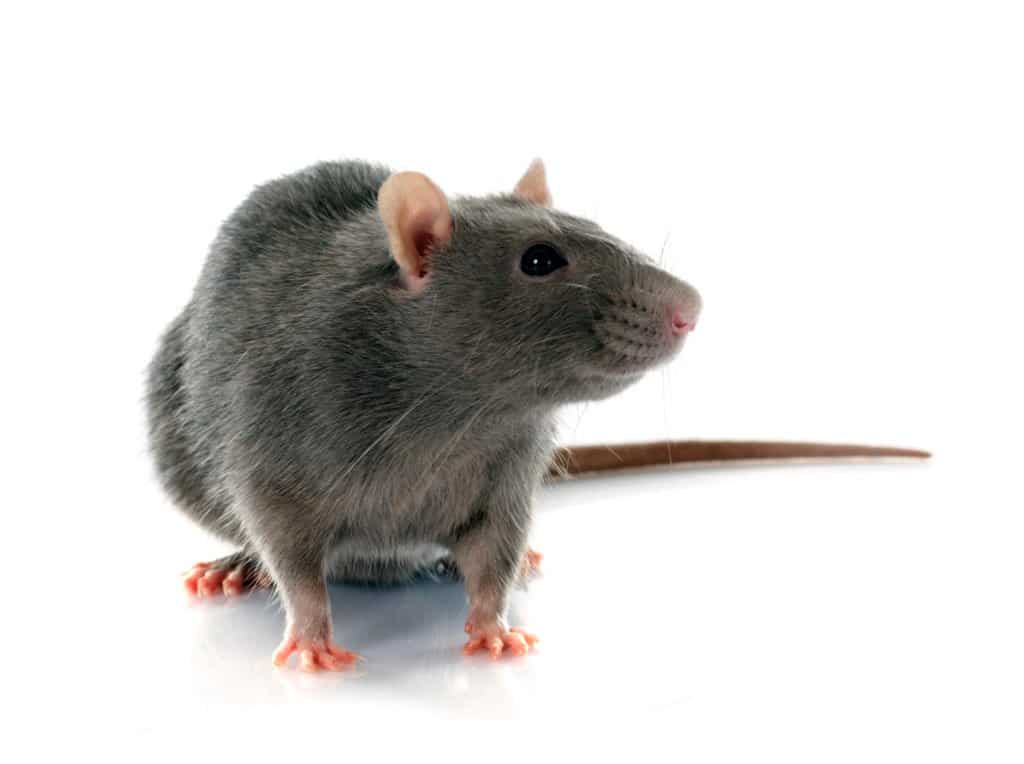getting rid of rats

Rats have been pestering humans for as long as we have had the ability to document it. In fact, the earliest mention of rats may be biblical. Every year we face billions of dollars in damages (to homes, buildings, businesses, crop loss, etc.) due to these icky rodents.
Here we have built an informational guide on these crafty critters to help you understand rats and their behaviors so you can keep your homes and businesses rat free.
What are Rats?
There are several species of rat found within the order Rodentia. The most common rats, black rats (Rattus Rattus) and brown rats ( Rattus Norvegicus), can be found all over the world.
The latter is the most common suspect in regard to rat infestations in California. They have many nicknames: common rat, street rat, sewer rat, wharf rat, Norway rat.
Despite their many names they all have one thing in common: they are large rodents who destroy property (literally and in value) and carry deadly diseases.

Identification and Habits
The Norway Rat, or brown rat, is one of the largest rat species. They are a brown or grayish-brown color to their fur. Norway rats have a head and body length of up to 8 in.’s to 9 in.’s long, with a tail length just short of equal to their bodies. Rats are far larger than their mouse cousins, because of this they are hard to mis-identify.

All rats are omnivorous. They have a diet that can consist of grains, seeds, nuts and fruits, smaller rodents such as mice, young rabbits, birds and their eggs, fish, as well as many insects.
Their diet however is not limited to this list. Rats have followed us for millennia, and it is not because we enjoy their company. Humans are known for leaving behind monumental amounts of refuse and garbage. One person’s garbage is another rat’s buffet line.
Rats live to forage for food and procreate. Most rats are nocturnal, but the common brown rat of the western United States is often active during both the day and night.
Rats usually live in groups called “packs”. Rat packs are typically between 5-10 rats to a nest, both male and female. Oftentimes there are several rat nests within a proximity to each other that form a rat colony. If there is enough food and water to sustain them a rat colony population can be upwards of 100 rats.

Damage Caused By Rats
The most common damage caused by rats is due to the incessant gnawing of walls, floors, doors, clothing, household items, and cables. This damage is an effect of the rats biological imperatives to burrow and create nests. Though this is the most common form of damage much of the monetary damage caused by rats is secondary damage. The costs of replacing goods and foods, crop loss, businesses shutting down to get rid of infestations, loss of clients because of rat sightings in restaurant’s etc. have the greatest effects. One study done in 2000 estimated that the economic cost of damage caused by rats was $19 billion/year!
Help Getting rid of rats
We have been living with these critters stealing our food, passing on disease, chewing through everything in sight, and frightening us in the night for a long time. So long in fact that we have had the time to study and come up with ways to fight off their squeaky hordes.
Baiting and trapping rats is no new science. The expert technicians at Got Gophers have over 70+ years of combined experience keeping customers like yourself rat free using these methods. Though the techniques may be ancient, modern-day advances have created some of the most efficient and sanitary trapping apparatus and methods available.
Using years of experience and knowledge, our technicians can help to build out potential rat invaders, trap and remove current rat infestations We can even help with the removal of their nests and messes left behind such as their excrement and carcasses.
Smells That Attract Raccoons…And How To Avoid Them
If you have raccoons on your property call Got Gophers now! Raccoons are intelligent and resourceful creatures that can be drawn to certain smells in
Removing Raccoons
Raccoons can be dangerous! Do not risk disease or physical injury, call our trained professionals now! Dealing with raccoons on your property can be a
Effective Methods for Trapping Moles
Trapping moles can get messy, contact Got Gophers and let us handle the rest. Moles can wreak havoc on your garden, leaving behind a trail
Animal Burrows In Your Yard
Finding holes and burrows on your property? Reach out and let Got Gophers help you! Animal burrows in your yard can lead to various issues,
